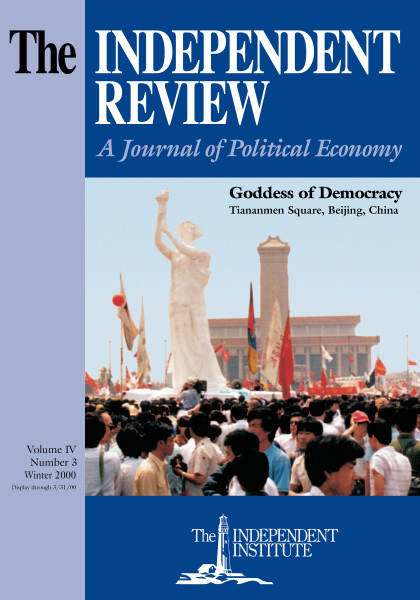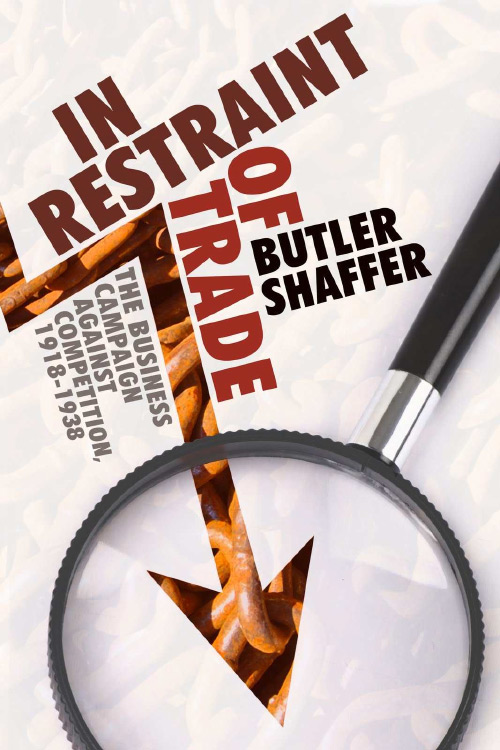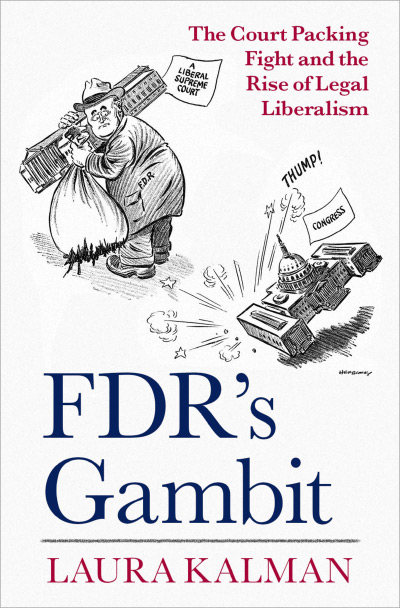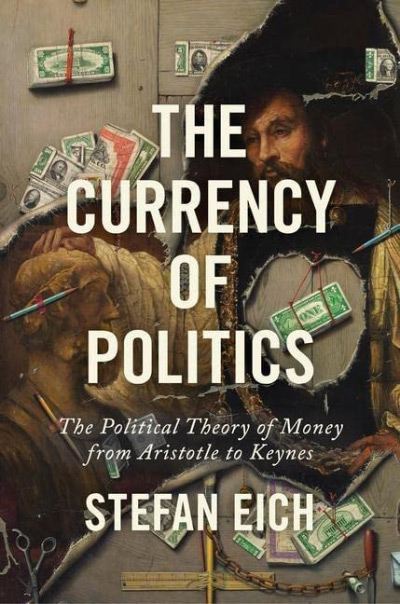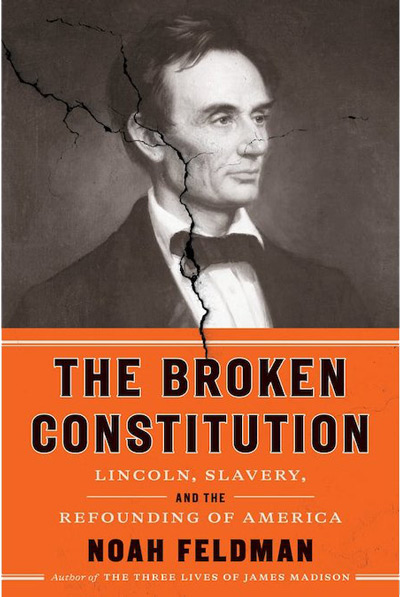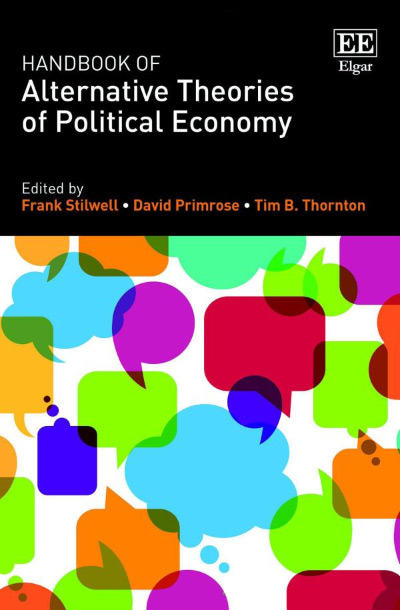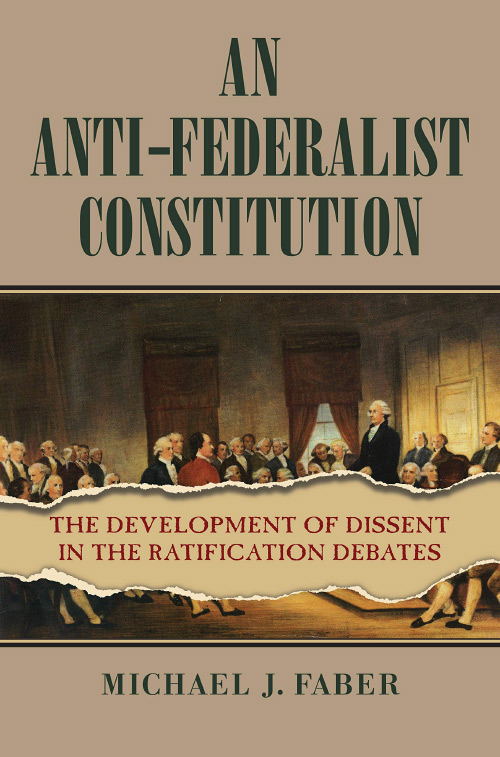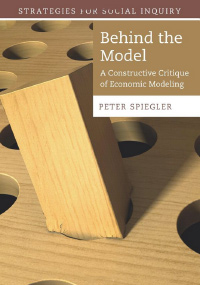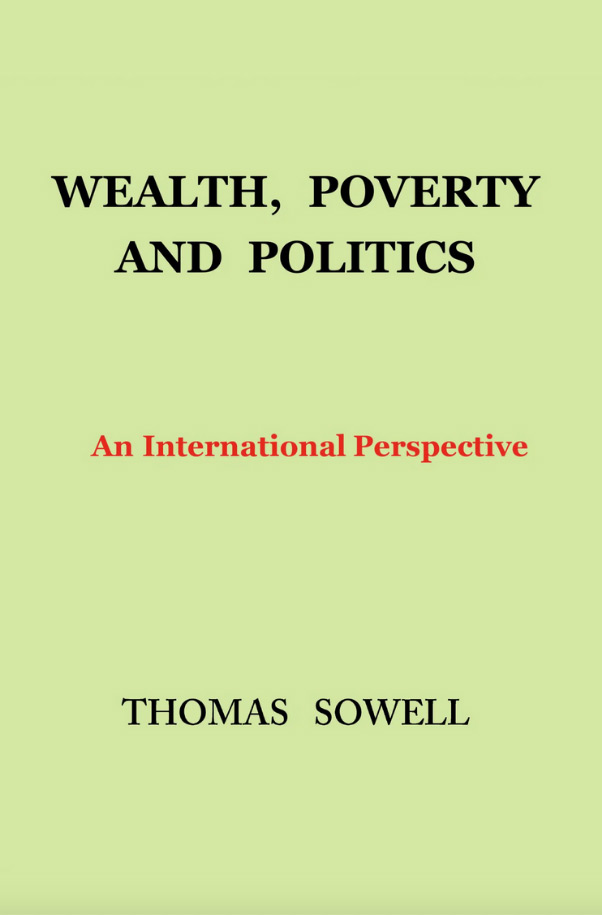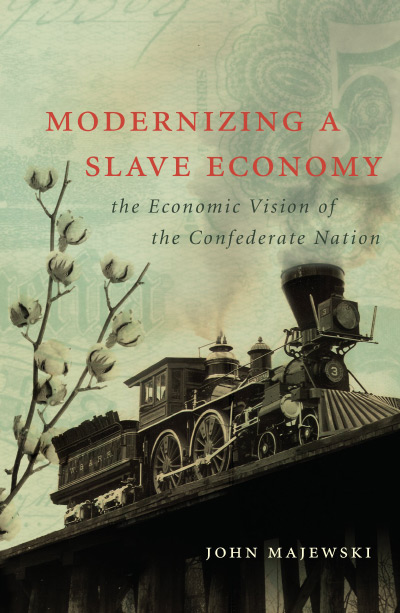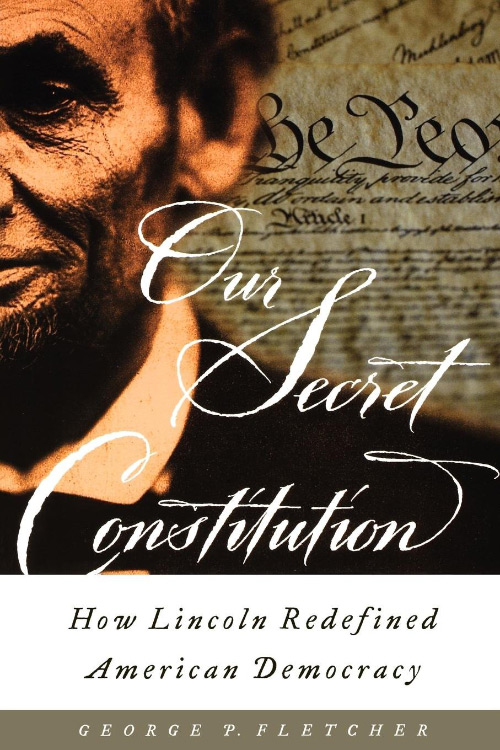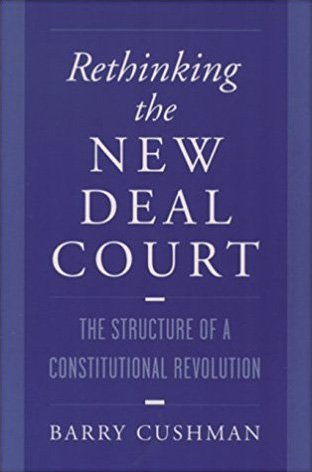Butler Shaffer’s scholarly interpretation of the political attitudes and actions most prevalent among America’s business leaders in the two critical decades following World War I is uniquely satisfying. The author, a professor of law, reveals himself to be well grounded also in economics, history, and philosophy, as well as possessed of an insider’s feel for the political agnosticism of large corporations and industry associations. Given his talents and his apt approach to the subject, Shaffer has made an important contribution to the literature.
During the early twentieth century, before World War I, intellectuals, politicians, and business owners were confused about the evolving structure of the American economy. What seemed an explosion of dramatic advances in technology was spawning whole new industries—automobiles, tractors, airplanes, motion pictures, record players, and countless other devices powered by electricity—and, for the first time, national markets for such resources as petroleum. At the same time, support was dwindling for the traditional notion that government’s role in the economy ought to be limited.
Mergers, undertaken mostly to gain efficiency, accelerated the creation of firms of unprecedented size. Not only did the new behemoths tend to confirm the fears of populists and the predictions of Marxists, but in some cases their size seemed to frighten even their own executives, who found their management strangely unwieldy. Although reigning over such enterprises might have seemed analogous to other adventures of turn-of-the-century pioneers, most so-called captains of industry had more in common with conservative bankers than with pioneers. Increasingly, their highest priority was to sustain the wealth of their stockholders in a milieu they considered overly dynamic.
Most executives agreed that the greatest threat to corporate stability was the loss of market share. To their disappointment, they found that merging with competitors not only made managing more precarious, it did not prevent the emergence of new competitors, which arose constantly like weeds in a garden. Big businessmen viewed competition as ruthless and dangerously chaotic, perhaps as threatening to the whole economy as to individual firms. Surely someone could devise a benign way of instilling sufficient “order” so that the largest firms—presumably, in light of their payrolls, also the most important—need not operate in constant peril.
Such was the prevailing mood among leaders of the nation’s largest corporations when the United States entered the European war in 1917. Predictably, many corporate leaders saw this occasion as a chance to get involved in something both profitable and noble. The U.S. Chamber of Commerce strongly endorsed creation of the new War Industries Board (WIB) in July 1917, to control much of the wartime economy. Bernard Baruch, a financier associated with the Guggenheim copper interests, was appointed WIB chairman by President Wilson. In a matter of weeks, Baruch deigned to become “the supreme interpreter of the public good” (p. 23).
Government, as Wilson himself once defined it, is little more than organized force. The people who compose the government in a democracy tend not to perform the productive work of society. Instead, they use (or rent out) their legal authority to tax, prohibit, encourage, or subsidize the ongoing activities of the persons or institutions, such as business enterprises, that do perform the productive work. None of the political appointees to the WIB, including Baruch, nor any of its clerks or secretaries knew very much about most of the industries whose operations they were charged with directing. To achieve their goal, they created “sections” for each commodity, each one staffed by new government employees hired from firms in that industry and overseen by an advisory committee of corporate executives also appointed from firms within the industry.
The WIB lasted only eighteen months, and many firms earned huge profits from the war, which surely created more cheerleaders for World War II a generation later. But the board’s most significant legacy was its example of how such a “benign” instrument for creating economic order could function. Its operation amounted to an exhilarating trial run for the fascism coveted so devoutly by corporate leaders. Writes Shaffer, “To the delight of many within the business sector, it was learned that such an agency could not only effectively control business decision-making but could itself be controlled by business interests” (p. 28). Like bears that have been well fed by picnicking tourists in Yellowstone Park, most corporate leaders after the war had no desire to return to the wild.
At this point the author takes up the history in detail, and the evidence he presents clearly demonstrates that the postwar period was not, as commonly depicted, the final hurrah of laissez-faire. On the contrary, “with the war concluded, leaders from a number of industries undertook a campaign on behalf of a system of ‘cooperation’ and ‘self-regulation’ for American industry” (p. 28). In a virtual summation of his book, he writes, “World War I may not have made the world safe for democracy, but it did give encouragement to some business leaders that a system of ‘business cooperation,’ subject to legal enforcement by the government, could become a functional reality in order to make competition safe for business” (p. 28).
Shaffer emphasizes that business leaders of the 1920s and 1930s disagreed about political programs. For each manager concerned about a possible loss of present market share, there were always many others striving to gain market share. Managers of and investors in firms whose standing in an industry was well established were always more inclined to freeze the structure of the economy. By virtue of their relative rank and stature, such companies were also more likely to be prominent in their industry associations and in the eyes of their legislative representatives.
Shaffer leaves his readers with no doubts about the ethical and practical advantages of a free and competitive market system. Those advantages accrue to the benefit of consumers, to society at large, and ultimately to business enterprises themselves. In one of the more fascinating sections of the book, he discusses what he sees as the relevance of the emerging science of “chaos,” both to the perceptions of early business leaders about the dangers of ruthless competition and to the idea that disequilibrium—the “creative destruction” depicted by Joseph Schumpeter—is the key to economic health. “Survival of any business firmor an entire industry, economic system, or even civilizationis dependent upon maintaining an unceasing resiliency, a capacity to accommodate itself to the inevitable changes occasioned by our entropic world” (p. 38).
The 1920s were marked by a political tug-of-war over business policy. On one side were corporate leadersand career politicians, such as Herbert Hooverwho saw in the WIB the precise mechanism they craved to control competition and to force “order” on the economy. On the other side were advocates not of laissez-faire, but of so-called self-regulation. Trade association “codes of ethics,” developed by most industries during or after the war, were intended to achieve identical goals through voluntary restraints on competition. The Harding and Coolidge administrations tended to be very receptive to the latter approach. The now-predictable result, of course, was that without enforcement authority, industry leaders spent their energy excoriating the “ten-percenters,” who refused to cooperate, or trying to outlaw one example after another of “unfair competition.” Almost every imaginable method of competition was attacked during the 1920s.
The election of Herbert Hoover (derisively called “Wonder Boy” by Calvin Coolidge) and the subsequent crash of the stock market provided both a rationale and the support for business to regain the wartime mechanisms for controlling competition. One Hoover administration initiative after another garnered strong support from the business community, but as economic conditions worsened, the demands for intervention grew more radical. Then, with the worsening of the Great Depression and the election of Franklin D. Roosevelt, the support and the rationale both soared to new heights. The National Industrial Recovery Act (NIRA) of 1933, far from a program passed over the objections of business, was actually the culmination of fifteen years of special pleading by business leaders. Shaffer’s book dispels any remaining doubts about its genesis as a plan endorsed and lobbied for by business. The facts and the quotations are numerous; their impact is overwhelming.
| Other Independent Review articles by Richard W. Wilcke | |
| Fall 2004 | An Appropriate Ethical Model for Business and a Critique of Milton Friedman’s Thesis |
| Fall 2003 | More Arrows Bouncing Off the Great H. L. Mencken |

